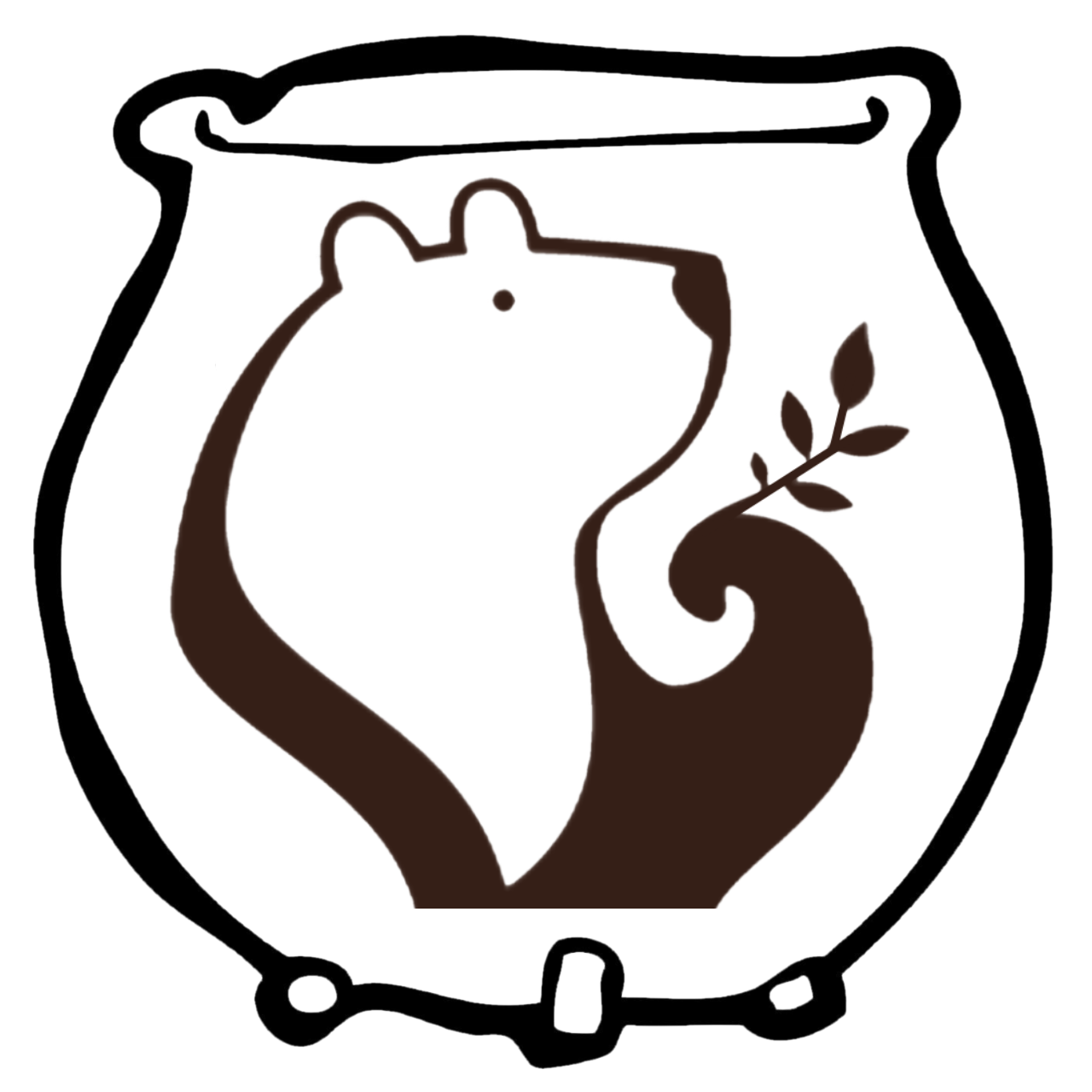Danu
Great Mother
Irish
Danu is the Mother goddess of the Tuatha Dé Danann (people of the goddess Danu). She remains cloaked in mystery, as there are not specific references to her in the literature. In many ways, she epitomizes the unknown at the beginning of things. The most ancient of the Celtic gods, it is believed that she birthed all things into being, representing the earth itself and her fruitfulness. She nursed and nurtured the pantheon of gods into being. In fact, it is by filling in the stories of her children that we gather most of our insights into her. Her name is sometimes translated as the “Flowing One”, thus Danu is also associated with the seas, wells, and springs. The transition of water to land reinforces her magic of fecundity, transformation, and abundance. As time passed, the deities of the Tuatha de Danann were blended into the Fae Folk of Celtic legend.
Magic of Danu
General
Chakra: Heart
Element: Water, Earth
Sabbat: Imbolc, Lughnasadh
Planet: Moon, Venus
Color: Blue, White, Silver, Green
Day: Monday, Friday
Herb: Hawthorn, Apple, Moonwort, Fairy wand, Waterlily, Mushroom
Totem: Mare, Snake, Salmon, Seagull
Stone: Amber, Hag stones, River stones, Moss agate
Offering: Angelfood Cake, Colcannon, White wine, Milk
Power
Fertility
Bless
Prosper
Luck
Create
Inspire
Heal
Wisdom
Aromatherapy
Birch
Irish Moss
Rose
Glossary
Lebor Gabála Érenn
Lebor Gabála Érenn (The Book of Conquests) tells the tale of Ireland’s Mythological history. Overtaken six times by different peoples, the narrative starts with the Cessair who are wiped out by a flood; Then the Partholón, who are wiped out by a plague; Next, the Nemed are devastated by a tidal wave leaving 30 survivors to escape “into the north of the world” heading to Briton or Greece; The Fir Blog are those who escaped to Greece returning from slavery; Finally, the Tuatha Dé Danann come home to Ireland to become the family of pagan gods.
Tuatha De Danann
The Tuath Dé Danann (pronounced THOO-a day DU-non) are the descendants of the Mother goddess Danu. Sometimes known as the Tribe of the Gods (Tuath Dé), they are a magical race in the Irish canon of mythology. The ancient Tuath Dé reside in the Otherworld but frequent the human world, interacting with mortals with some frequency. Particularly connected to nature, the Tuath Dé appear to become the Aos Sí in later folklore.
Aos Sí
The Aos sí (pronounced ees shee) are a supernatural race in Irish and Scottish mythology often translated as ‘fairies’ or sometimes ‘elves’. To avoid their ire, they are often called: Fair Folk or Good Neighbors. Living in a world parallel to ours, they favor mounds and other natural designated natural points as gateways between the worlds. In many sources, aos sí are later versions of the Tuatha Dé Danann. Mythically beautiful, these powerful folk are fierce protectors of their homes, and will not hesitate to punish those who trespass with a terrible vengeance.
Mabinogion
The Mabinogion (pronounced as Mab-ino-ch-ian) is a collection of ancient Welch oral stories. These tales were originally preserved in the White Book of Rhydderch (1300-1325) and the Red Book of Hergest (1375-1425). Much later, Lady Charlotte Guest published her translation of 11 medieval Welsh folk tales under the title The Mabinogion. Our best information on Danu comes from these sources, where she is called Dôn.




